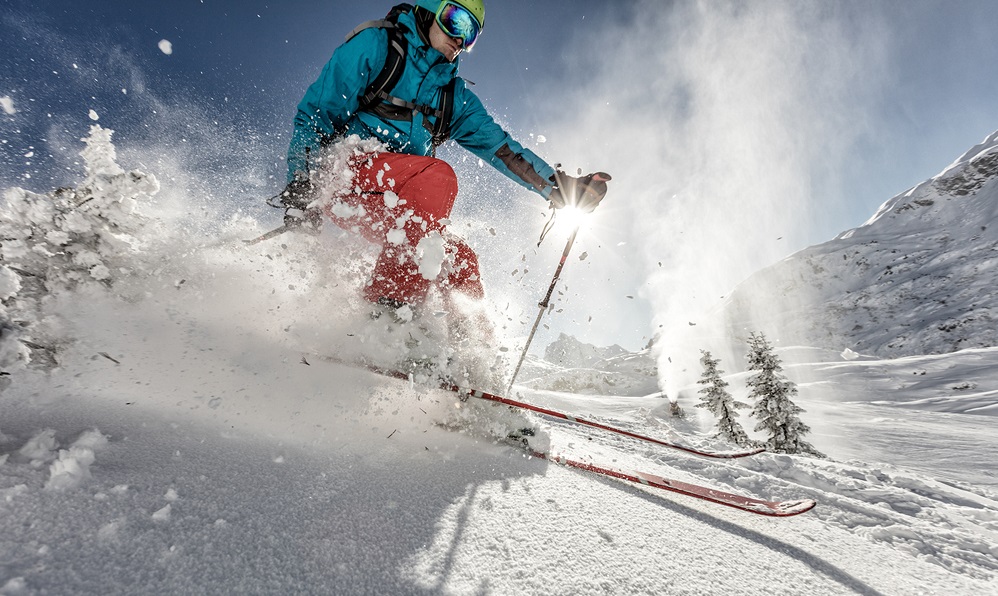
HAND AND WRIST INJURIES IN SKIERS
HAND AND WRIST INJURIES IN SKIERS
Fortius Clinic Wimbledon hand and wrist surgeon Mr Paul Davey provides advice about avoiding upper limb injuries on the slopes
 We asked Fortius Clinic Wimbledon Consultant Orthopaedic Hand and Wrist Surgeon Mr Paul Davey for his advice about common hand and wrist injuries.
We asked Fortius Clinic Wimbledon Consultant Orthopaedic Hand and Wrist Surgeon Mr Paul Davey for his advice about common hand and wrist injuries.
As the winter approaches and the temperature starts to drop, thoughts turn to skiing. For many people, this is the time to get ski fit. Working on core strength and doing endless squats to be able to endure the ‘thigh burn’ of a long or challenging run, skiers start to prepare for fine snow and blue skies.
However, you can’t really get your hands and wrists ski fit in the same way. Advice about avoiding injuries is therefore essential. Skiers commonly get injuries to their digits when they fall because they have a pole with a wrist strap in their hand. It’s necessary to have a strap so you don’t lose your pole or injure someone else as it goes down a slope ahead of you. Putting your hand through the loop so that it sits loosely round your wrist and allows you to grip the handle is the correct way to use the strap. The strap should not be held or twisted round any part of your hand as in the event of a fall you increase the risk of injury to your digits. Similarly, if you know you are going to fall, loosen your grip on the pole so that you don’t sprain your thumb as you go down.
Skier’s thumb, a sprain or tear of the ulnar collateral ligament that stabilises your thumb joint, is all too common and is frequently caused by tight straps and a reluctance to release the pole when falling. If this injury occurs, it may be a sprain or partial tear but it might have ruptured completely. It is therefore essential to have the thumb assessed for instability, exclude a fracture and institute early appropriate management which may include splinting or surgical repair.
SNOWBOARDERS
Snowboarders don’t tend to get thumb injuries because they aren’t using poles but they are at risk of wrist injuries as they spend a lot of time falling forwards or backwards onto outstretched hands. Wrist guards make perfect sense for snowboarders for this reason.
The two common injuries seen in snowboarders are fractures of the distal radius just above the wrist or a fracture of the scaphoid which is one of the small bones in the wrist itself. Both these injuries need early assessment so that intervention with casts or surgery can be performed in a timely manner.
My advice if you get injured is to seek an expert opinion early but best of all, avoid injuries at all costs!
Fortius Clinic Wimbledon provides fast diagnosis and treatment for a wide range of orthopaedic conditions and sports injuries. For more information, or to book an appointment, call 0203 993 2534 or visit www.fortiusclinic.com






